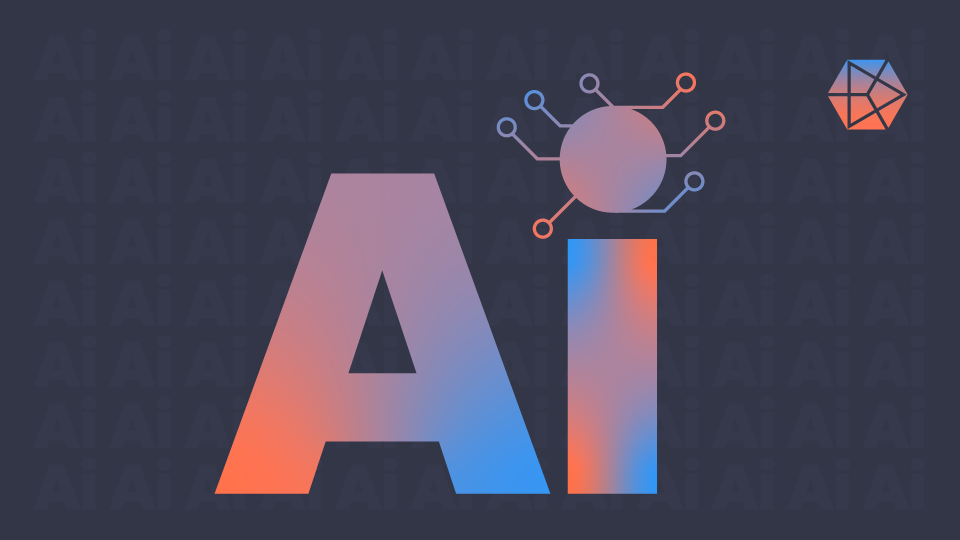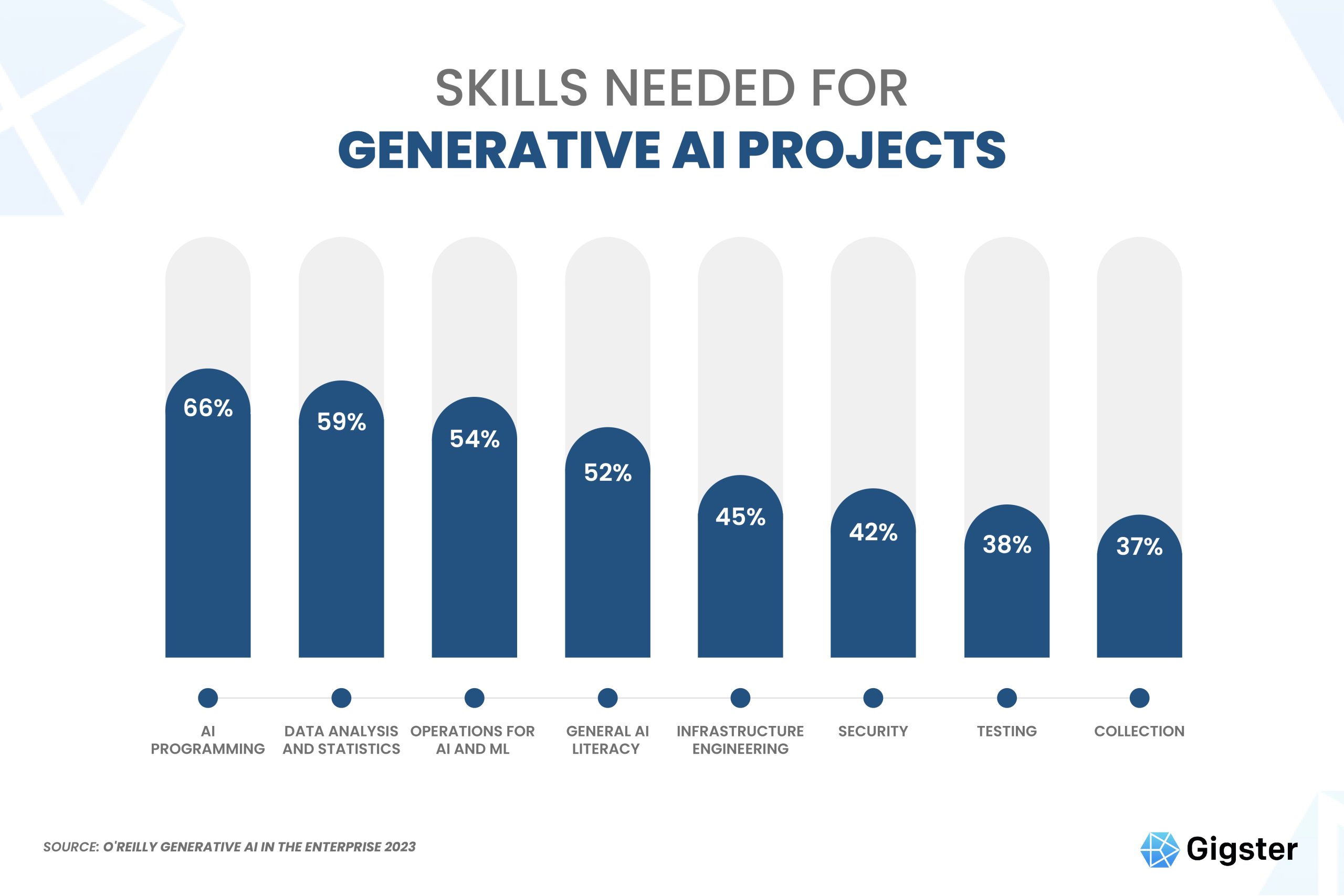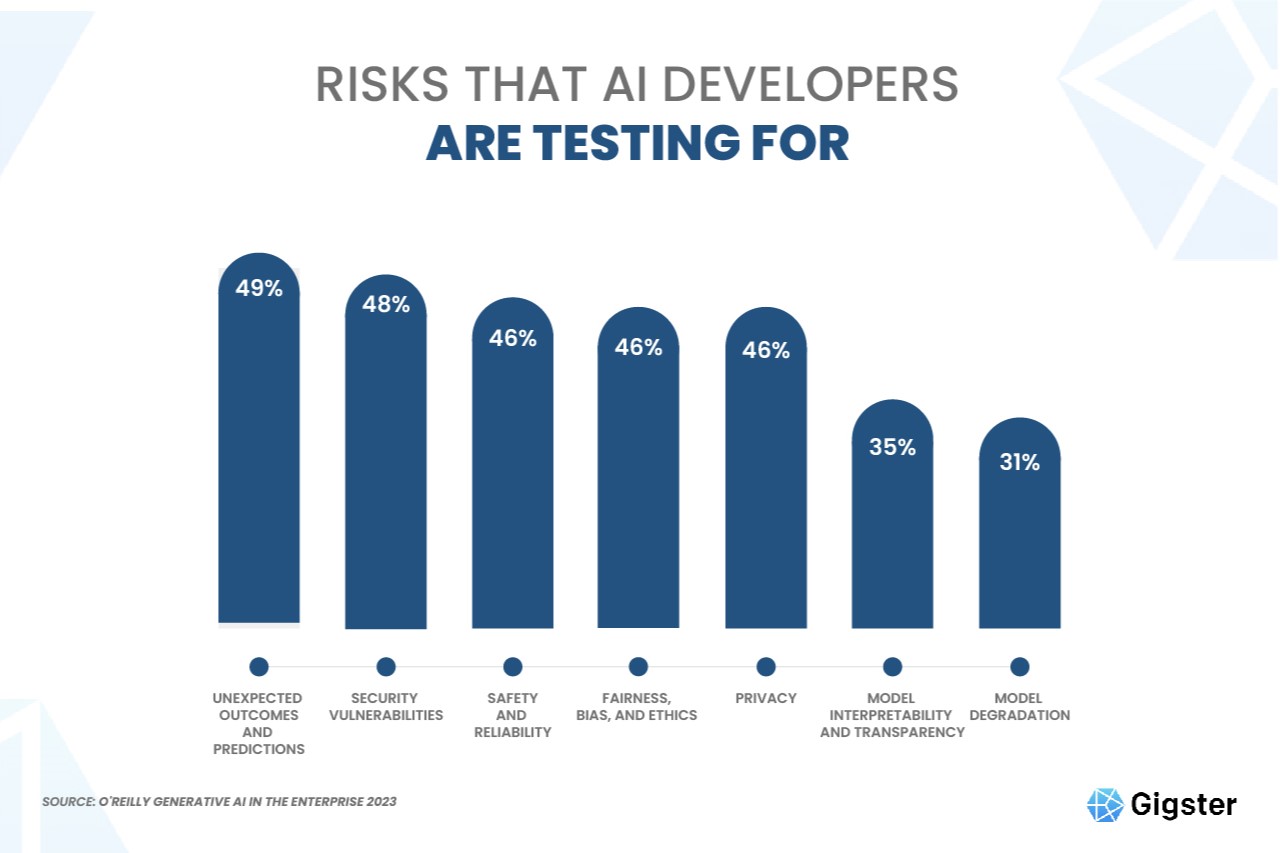
While most organizations are aware of the benefits of AI and want to realize those benefits, many aren’t sure of the best use cases to direct their limited resources. In fact, the most common bottleneck holding enterprises back from adopting AI is difficulty in finding appropriate business cases.
Poorly planned AI solutions can harm businesses, so careful consideration is vital. Understanding AI risks, appropriate use cases, and their impact on traditional business models is crucial. Recognizing AI's potential and reimagining business operations are intertwined processes essential for effective AI deployment.
We’ve developed several processes to identify the business functions with the best opportunities for AI transformation and prioritize those opportunities based on feasibility, budget, and ROI.
Succeeding with AI requires a major organizational shift. This is why it is beneficial to start by transforming 5-10% of the business. Focusing on a single business function allows you to build up the culture of AI for a single department to a point where the entire organization can see the results.
Instead of doing single pilot programs in different areas of the business, fully transform one function such as customer service, production, or IT operations before moving on to another area. This will allow you to see the benefits much more deeply than a more isolated test case and allow the transformed function to develop a culture of fully embracing AI.
How do you identify which business functions have the greatest potential for AI transformation? Here are several steps to take to identify potential AI opportunities:
Use these steps to generate a large list of potential AI projects for your organization. Next, we’ll work on identifying the right project to start.
Société Générale, the sixth-largest bank in Europe, became a leader in AI innovation and digital transformation by developing a detailed process for identifying and evaluating AI opportunities. After identifying over 100 AI use cases, they used a formal prioritization and risk management process to focus on the most impactful implementations.
“When you go from number of use cases to value, you realize that in the end, there are a couple of use cases in the portfolio which tick the box of AI but have no real relationship to the strategy. It’s better to have [fewer] use cases with bigger value at stake than a broad range of use cases.” Noémie Ellezam, Chief Digital Strategy Officer
Evaluate each of the AI opportunities identified above using the following factors:
Developer Resources: Access to AI talent necessary to implement your desired transformation could be another major limiting factor. The AI skills companies are most deficient in are AI programming (66%), data analysis (59%), operations for AI and ML (54%), general AI literacy (52%), and infrastructure engineering (45%). Outsourcing AI development can help fill talent gaps and open up more opportunities.


Once you’ve carefully evaluated each opportunity based on the factors above, choose a business function and initial AI project with the greatest potential. Now the real work begins.
Despite the rapid maturation of the technology, business outcomes take longer to materialize due to challenges such as idea generation, prioritization, organizational structure, employee skills, and risk management. This is why 34% of enterprises that have adopted AI are still working on an initial proof of concept.
If you’re ready to take your proof of concept into production, Gigster can help. Share your AI opportunity with us and we’ll develop an implementation plan to help you finally realize the value of AI. Share your proof of concept here.